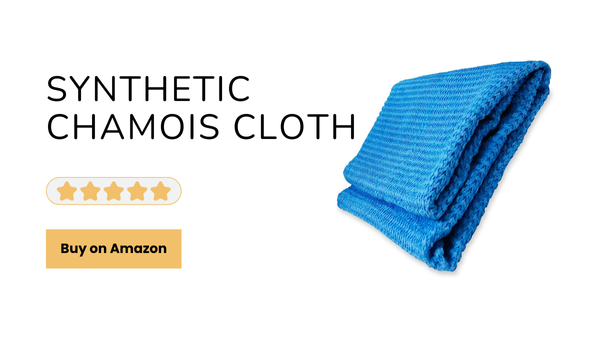How To Get a Crystal Clear Windshield With Zero Streaks

Let’s chat about one of those car care topics that seems to give a lot of us a real headache—cleaning the windshield without leaving any streaks behind. If you’ve ever found yourself frustrated with the less-than-perfect results after cleaning your car’s glass, you’re not alone. It’s a common challenge but, believe me, achieving that perfect, streak-free windshield is entirely possible, and I’m here to guide you on how to do just that.
Cleaning the windshield properly is more than just a cosmetic concern; it’s about safety. Streaks and smears can impair your vision, especially under the harsh glare of sunlight or the headlights of oncoming traffic at night. This can increase the risk of accidents, making it not just a matter of cleanliness but also a significant safety issue.
The Right Approach to Washing
First things first, let’s talk about the initial wash. If you think you can skip straight to wiping the glass without a good wash, you might want to think again. Removing the initial layer of dirt and grime is crucial. It’s interesting to note that the interior of a car windshield tends to be greasier than the exterior. This is because of the various off-gassing from plastics and materials inside your car that coat the glass. In fact, the average car interior can harbor over 700 different forms of bacteria, contributing to this film of grime.
Now, onto the fun part—achieving that flawless finish. Surprisingly, the secret lies in simplicity: a bucket of warm water, a synthetic leather chamois, and a clean, dry towel. This trio, devoid of any fancy chemicals, has been my go-to for the past 15 years, and it’s never let me down.
Here’s how you do it: Start with your chamois slightly damp (not dripping wet) and fold it three times to increase its absorbency. Wipe over the glass in a crisscross pattern, which helps cover the entire surface evenly, minimizing streaks. After the first pass, wring out the chamois, fold it to a fresh side, and repeat the pattern. Once you’ve gone over the glass, follow up with a dry, clean towel to remove any lingering moisture. This final touch is what really pulls off the streak-free finish
Don’t forget about the edges and corners, which are notorious for collecting grime and are often overlooked. Lowering the windows slightly will help you get right into these tricky areas, ensuring a thorough clean. This attention to detail makes a big difference in achieving that all-around perfection.
Many folks hesitate to clean their windshields in direct sunlight, fearing those dreaded streaks. However, with the right method, even direct sunlight can’t stand in your way. The trick is in the technique—not the environment. Using warm water can improve your results, but steer clear of hot water, which can make your cleaning tools smell funky if left damp.
When To Use a Chemical Cleaner
There are scenarios where a simple water and chamois method might not cut it. If you’ve got stubborn residues, like the sticky remains of stickers from kids’ toys or heavy environmental deposits, you might need to break out the glass cleaner. Some cleaners offer added benefits like enhancing visibility in the rain and reducing wiper blade juddering—a boon during those heavy downpours.
Tailoring the cleaning process to suit your needs and your car’s design is crucial. Not all dashboards are created equal, and what works for one might not work for another. For instance, if your car has a particularly large dashboard, reaching over to clean the windshield from the passenger side might not be feasible. Instead, find a position and approach that works best for you.
By integrating these steps and adapting them to your specific situation, you can achieve a crystal-clear windshield every time. This method is not just about being meticulous with your cleaning process; it’s about understanding and responding to the unique needs of your vehicle and its use. So, give it a try, adjust as necessary, and enjoy the clarity of a perfectly clean windshield. It’s more than just satisfying—it’s ensuring a safer driving experience.

